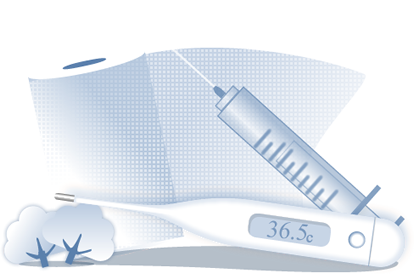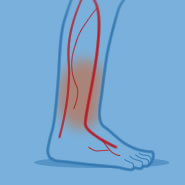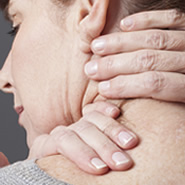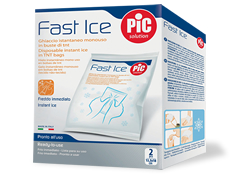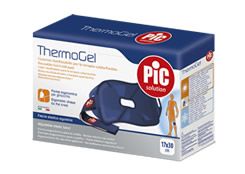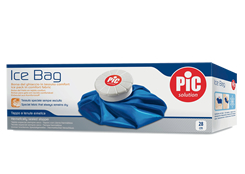
Bruising, a shock wave to the body
Bruises can be the result of that classic bang to the knee, foot or muscle, and are one of the most common orthopedic injuries of day-to-day life. Also known as contusions, they can often be associated with hematomas, which is reddening of the skin caused by blood collecting in the area of the body where the blow was sustained.
Not all bruises are the same, and there are various types: on the skin as well as muscular, of the tendon, joint and the bone. The best treatment for them is ice, better known as cold therapy, as well as compression bandaging.
Bruising of the skin with a wound
The first type is bruising of the skin, which often presents with a wound or a cut. They happen as a result of a part of the body, such as the knee or the foot, coming into too close contact with a hard object. A typical example of bruising of the skin is when you bang your foot on a chair leg. On top of the pain and the resulting injury, you can also get a hematoma, which will be reabsorbed in a few days if it isn't serious.
If the muscle is tensed, the bruise will be pronounced
A bruise doesn't always present with a cut or a wound. If the blow happens to a muscle, for example, the bruise can be more or less pronounced. If the leg muscle happens to be relaxed, there's not as much blood supply; also, the tissue is elastic and although it moves when the bruising occurs, it goes back to where it was without any lasting effect. If the muscle is contracted, however, such as during training in the gym, the blow can instead cause bruising, which happens when the flow of blood in the area of the body that's been hit is interrupted. This causes blood vessels to burst and blood to collect in the muscle that's under strain.
Bruising of the tendon can result in inflammation
It's also important to know that bruising of the tendon can result in tenosynovitis, an unpleasant type of inflammation that causes swelling and difficulty with movement.
Bruising of the knee can require antibiotics
Then there's bruising of the joints that can affect the knee, as an example. In this case the blow causes a flow of blood or serum into the joint even up to 12 to 24 hours after the moment of contact. Icing and rest, even without complete immobilization, are the most common treatments, but if there's an infection in the joint, the doctor will have to prescribe antibiotics for it.
If the blow is right on the bone, the hematoma often has to be cut out.
And now we come to bone bruises: this is when the blow is to the bone, causing intense pain, despite only affecting its external surface. Often with bone bruises, a hematoma forms underneath the periosteum, the membrane of connective tissue covering the bone, and might need cutting out and draining. Applying ice is the quickest and most suitable treatment, as are bandaging and complete rest, but it's also important to monitor the progress of the bruising or there could be further complications. Just one example of this would be an infection of the periosteum.

